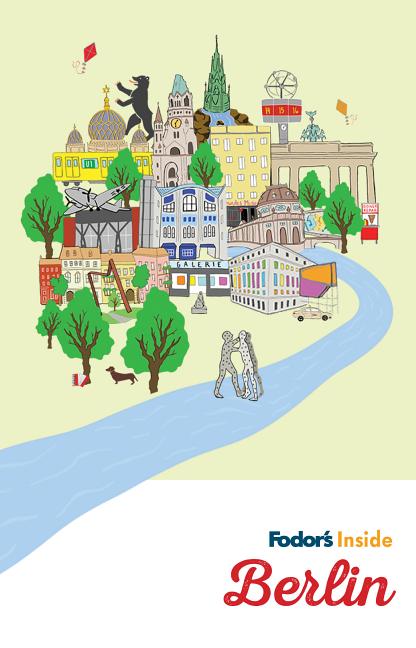Street Art in Berlin
A Cultural Cornerstone
Creative, daring, anarchic, and political–-street art has become a well-known and fascinating part of Berlin culture, as integral to the fabric of the city today as techno nusic was in the 1990s, and just as likely to be on a tourist’s itinerary and Instagram feed. And unlike in many other European capitals, street art in Berlin is more than just tolerated—it is often permitted, invited, and, to a large extent, admired.
A Divided History
Not surprisingly, Berlin's prolific street art has its roots in the divided years, when West Berlin was cut off from the rest of the country. One factor had to do with the fact that West Germany had compulsory military service but people living in West Berlin were exempt, which meant that many people moved to West Berlin, including leftwing political activists, punks, and artists, fomenting art as a form of political expression. The bombed-out, gutted city still lay largely in ruins—the perfect blank slate for graffiti artists. Once the Wall fell in 1989, of course, that blank slate doubled in size.
Where to See It
The city’s most famous street art canvas is the East Side Gallery: the longest intact piece of the Berlin Wall showcases over 100 colorful political works that were painted by 118 artists back in 1990. After you've seen that, the best places to spot some monumental works remain either the former East or the neighborhoods that once bordered the Wall. A stroll through Kreuzberg around Skalitzer Strasse, Friedrichshain around Boxhagener Platz, or around Mitte’s Hackescher Markt area should reveal plenty of visual delights.
What to Look for
Some of the iconic images to look for around the city include a black-and-white floating astronaut painted on the side of a building by Victor Ash; it can be spotted on Mariannenstrasse, just north of the U1 train tracks above Skalitzer Strasse in Kreuzberg. Just next to the Oberbaum Bridge on the Kreuzberg side is another off-putting but intriguing work by the Italian street artist Blu: the torso and head of a man four stories tall, made out of the pink, entangled bodies of other men. There was much made of the fact that, in late 2014, several of Blu's other iconic Kreuzberg murals were painted over by his co-creators in protest against the neighborhood’s increasing gentrification. Other notable street artists to look out for include El Bocho's somewhat disturbing (especially for cat lovers) "Little Lucy" paintings that dot the city: they depict a cute little female cartoon character who was popular in whose new incarnation finds creative ways to get rid of her feline nemesis.




